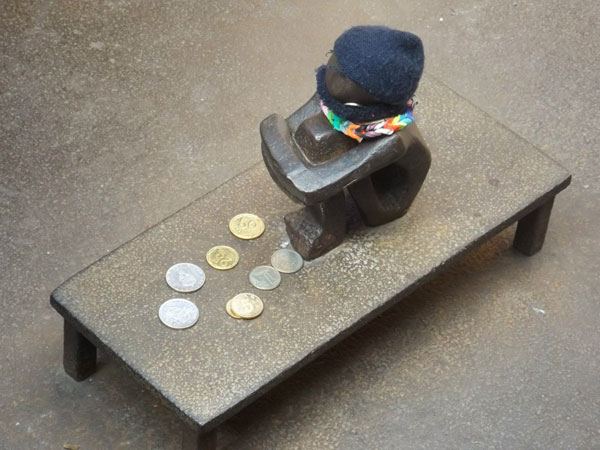Gamla stan (Swedish: [ˈɡamːˈla ˈstɑːn], The Old Town), until 1980 officially Staden mellan broarna (The Town between the Bridges), is the old town of Stockholm, Sweden. Gamla stan consists primarily of the island Stadsholmen. Officially, but not colloquially, Gamla stan includes the surrounding islets Riddarholmen, Helgeandsholmen, and Strömsborg.The town dates back to the 13th century, and consists of medieval alleyways, cobbled streets, and archaic architecture. North German architecture has had a strong influence in the Old Town's construction.
Stortorget is the name of the scenic large square in the centre of Gamla Stan, which is surrounded by old merchants' houses including the Stockholm Stock Exchange Building. The square was the site of the Stockholm Bloodbath, where Swedish noblemen were massacred by the Danish King Christian II in November, 1520. The following revolt and civil war led to the dissolution of the Kalmar Union and the subsequent election of King Gustav I.
As well as being home to the Stockholm Cathedral, the Nobel Museum, and the Riddarholm church, Gamla stan also boasts Kungliga slottet, Sweden's baroque Royal Palace, built in the 18th century after the previous palace Tre Kronor burned down. The House of Nobility (Riddarhuset) is on the north-western corner of Gamla stan.
The restaurant Den gyldene freden is located on Österlånggatan. It has been in business since 1722 and according to the Guinness Book of Records is the oldest existing restaurant with an unaltered interior. A statue of St. George and the Dragon (sculpted by Bernt Notke) can be found in the Stockholm Cathedral, while Riddarholmskyrkan is the royal burial church. Bollhustäppan, a small courtyard at Slottsbacken behind the Finnish Church, just south of the main approach to the Royal Palace, is home to one of the smallest statues in Sweden, a little boy in wrought iron. The plaque just below the statue says its name "Järnpojken" ("The Iron Boy"). It was created by Liss Eriksson in 1967.
From the mid-19th century to the early-mid 20th century Gamla stan was considered a slum, many of its historical buildings left in disrepair, and just after World War II, several blocks together five alleys were demolished for the enlargement of the Riksdag (see Brantingtorget). From the 1970s and 80s, however, it has become a tourist attraction as the charm of its medieval, Renaissance architecture and later additions have been valued by later generations.
While the archaeology of the 370 properties in Gamla stan remains poorly documented, recent inventories done by volunteers have shown many buildings previously dated to the 17th and 18th centuries, can be up to 300 years older.












